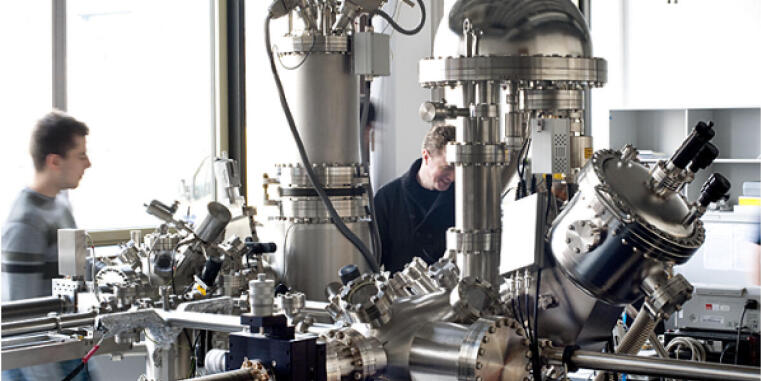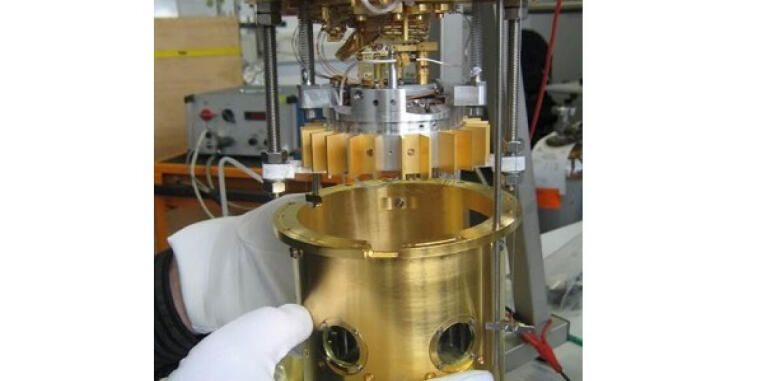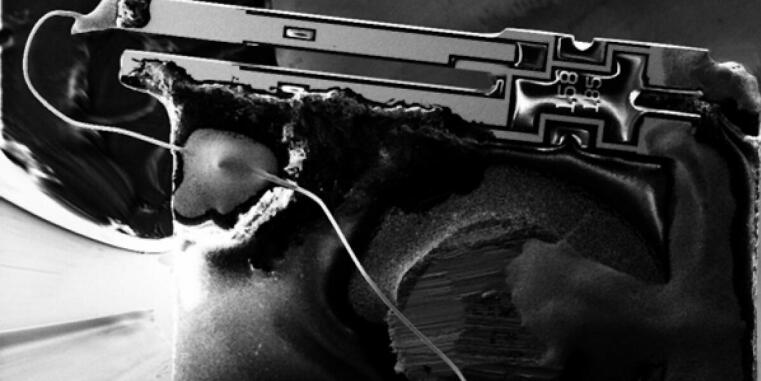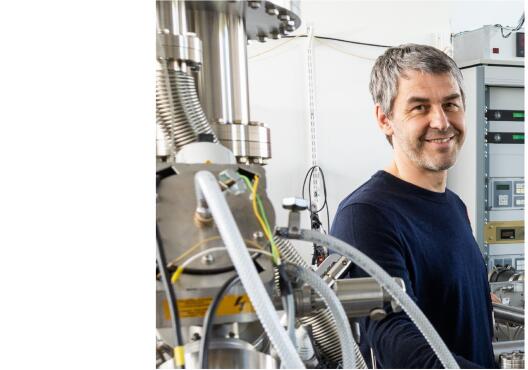
Welcome to the
Nanoscale Interface Analytics group
Group Leader: PD Dr. Harry Mönig

Group Leader: PD Dr. Harry Mönig
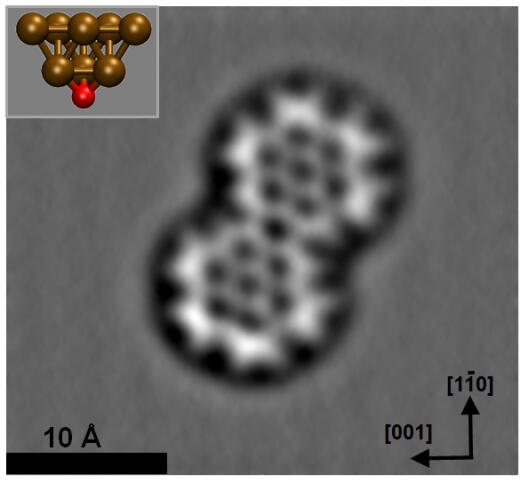
The work in our group aims to understand processes at organic, inorganic and hybrid interfaces that are relevant for the performance of optoelectronic devices such as solar cells or light emitting diodes. Within our projects, we apply scanning probe microscopy methods with a focus on non-contact atomic force microscopy (nc-AFM). Our instrumentation allows also to record tunneling currents, which enables us to perform simultaneous nc-AFM and scanning tunneling microscopy (STM) measurements. We utilize the different topographic and spectroscopic information channels to gain access to the interface properties with a spatial resolution down to the picometer range. Complementary to our scanning probe microscopy experiments we perform photoelectron spectroscopy (PES) to investigate interface properties with respect to chemical binding, composition, and band alignment.
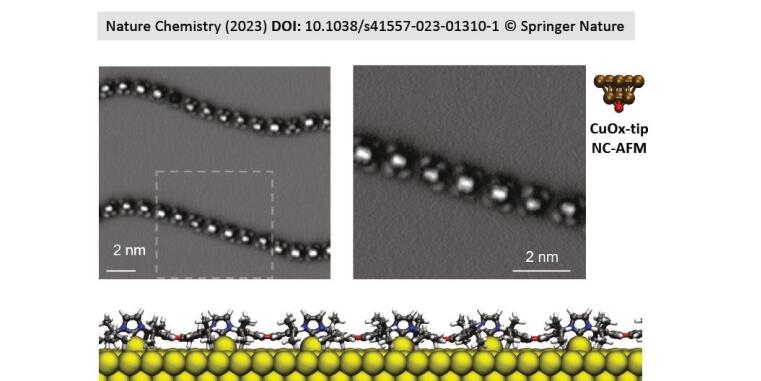
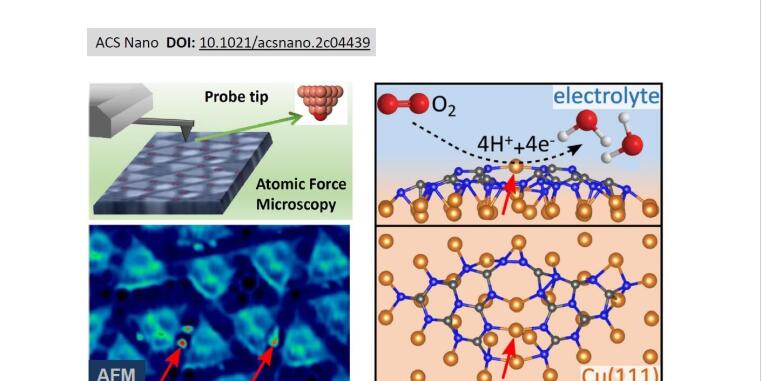
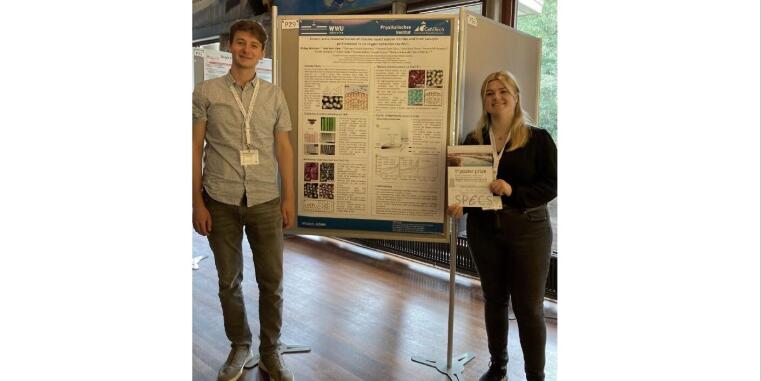
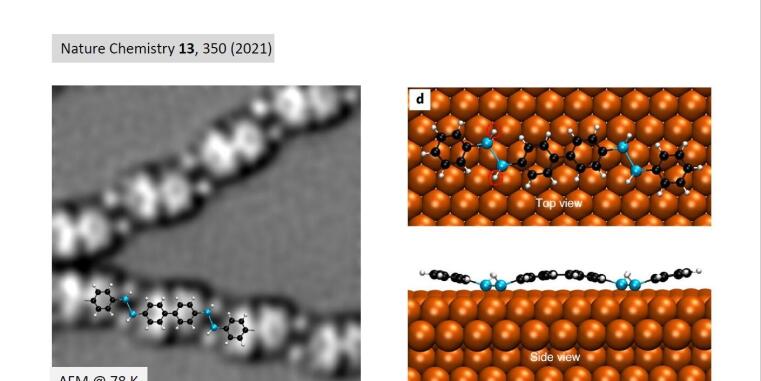
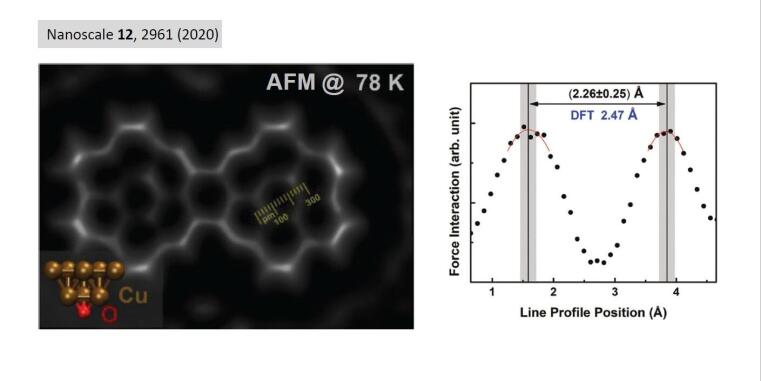
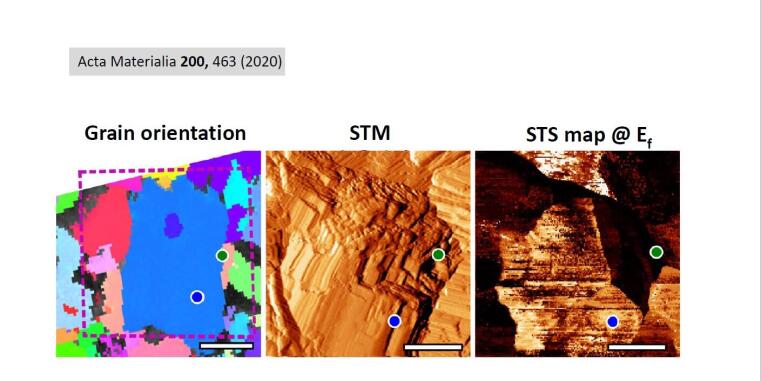
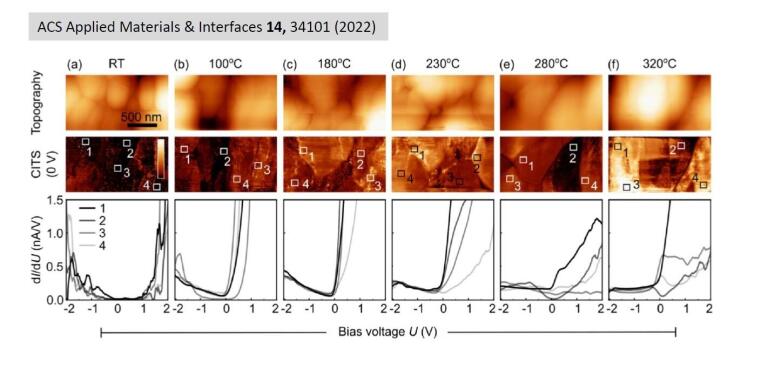
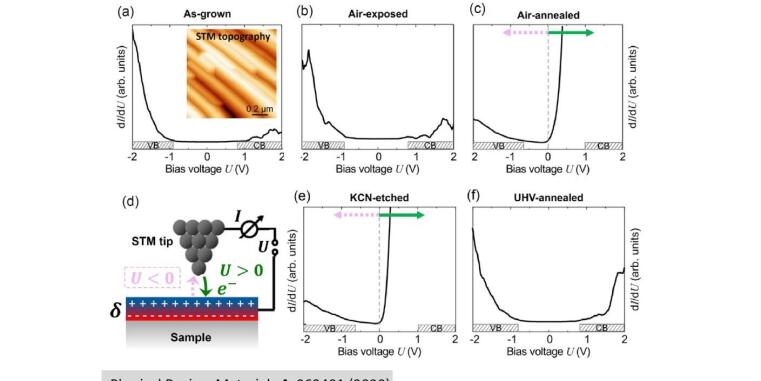
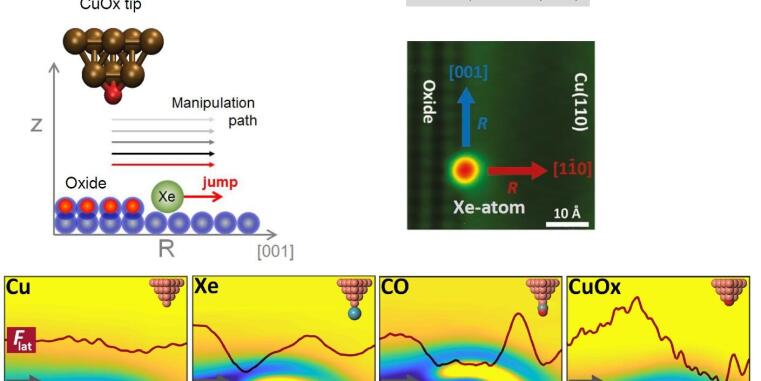
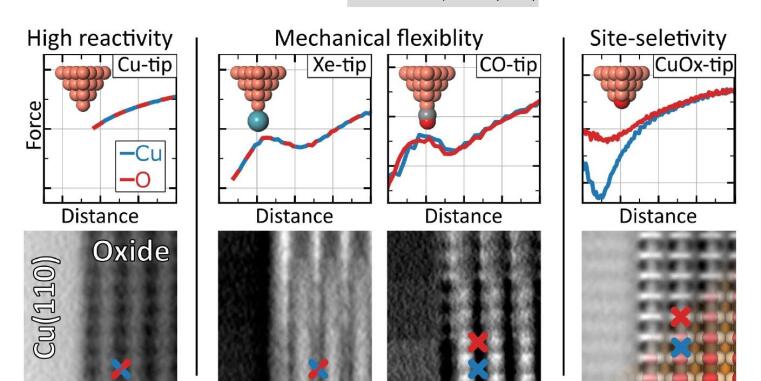
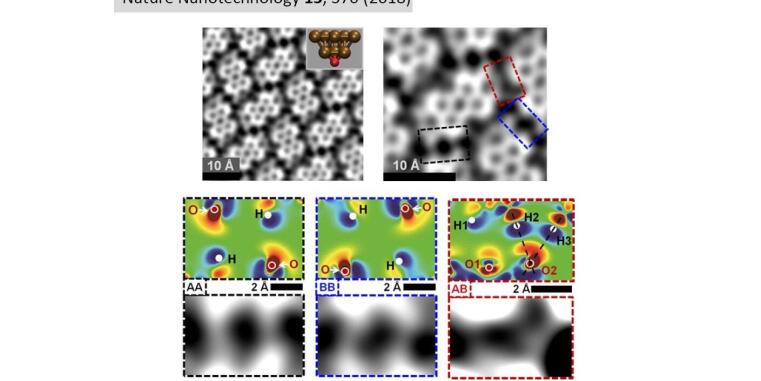
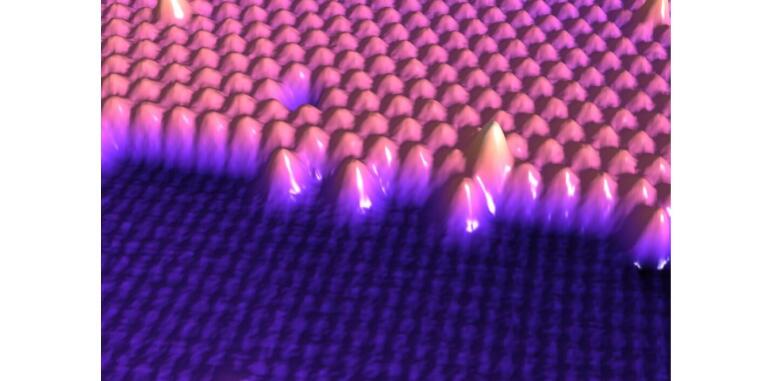
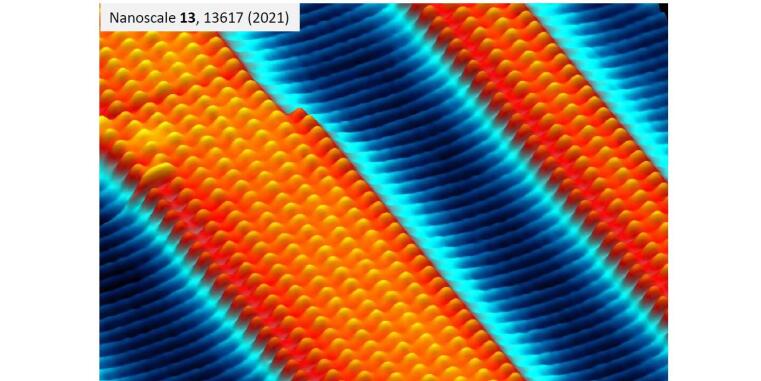
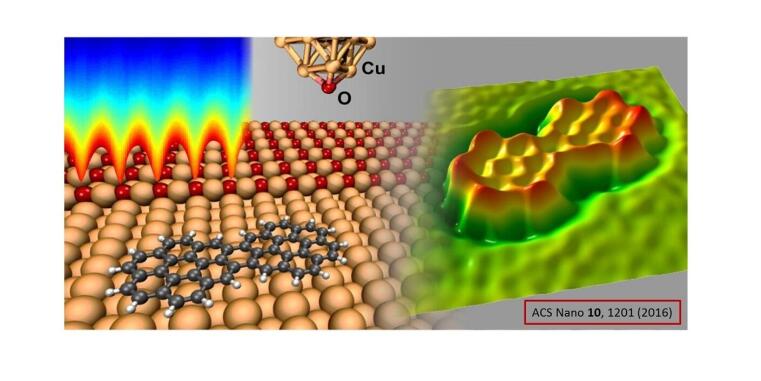
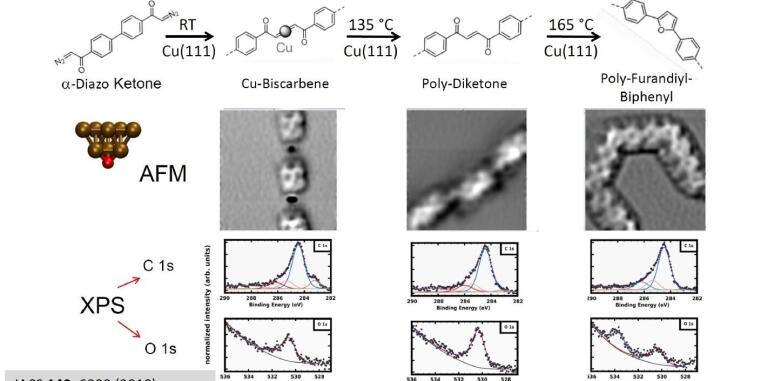
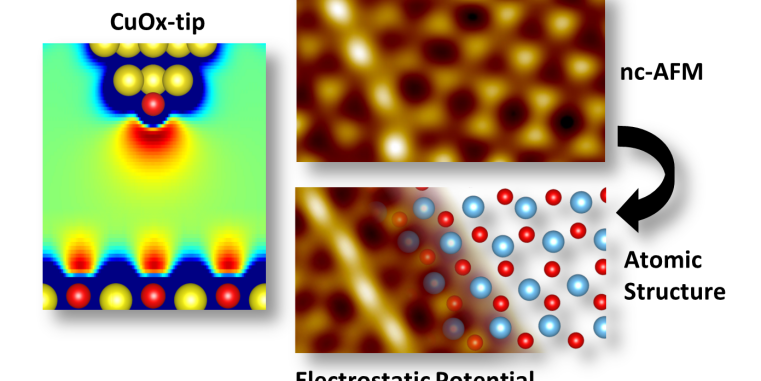
Our experiments are exclusively performed under ultrahigh vacuum (UHV) conditions and at low temperatures to establish highly defined experimental conditions. Our atomic force microscope is operated with a so-called qPlus sensor where the probe tip is attached to a quartz tuning fork. The instrument is directly coupled to the photoelectron spectroscopy (PES) system. This allows correlating sample properties with regard to nanoscale structure and integral chemical properties such as composition, chemical binding, and band structure.
